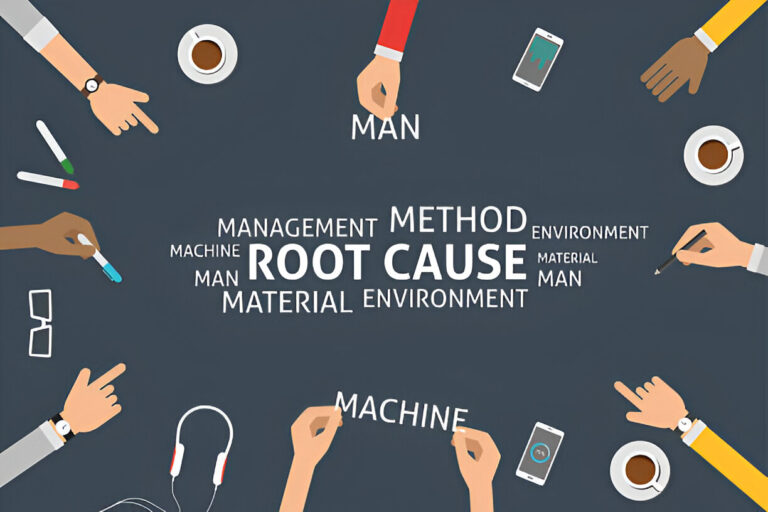Quality assurance is essential for maintaining high standards and ensuring customer satisfaction. When problems arise, addressing the root causes rather than just the symptoms is crucial for long-term success. Effective quality management requires a proactive approach to identifying and resolving underlying issues that affect operations.
Root Cause Analysis plays a key role in this process. Focusing on the true causes of problems allows organizations to implement lasting solutions. This method helps businesses improve efficiency, reduce costs, and maintain consistent product or service quality. The following article will explore why the analysis of the Root Cause is vital for quality management.
Role of Root Cause Analysis in Quality Management
Quality management is all about ensuring consistency and meeting high standards. In any organization, issues that affect the quality of products or services can result in wasted time, resources, and customer dissatisfaction. Identifying the true cause of a problem is necessary for addressing it effectively.
This Analysis provides the tools needed to look beyond surface-level symptoms, giving teams the insights they need to improve their operations. Focusing solely on the symptoms can result in temporary fixes that don’t address the core of the issue. This analysis encourages a more comprehensive review, prompting teams to evaluate underlying processes, communication gaps, and potential systemic flaws.
Benefits of Conducting Analysis of the Root Cause
Implementing root cause study within quality management processes yields multiple benefits. First, it enables businesses to find permanent solutions to problems, reducing the likelihood of recurrence. Additionally, it helps improve operational efficiency by eliminating inefficiencies and bottlenecks that contribute to quality issues. Below are some of the key advantages organizations gain from this approach:
- Prevention of Recurrent Problems: By addressing the root causes, businesses prevent issues from resurfacing and consuming more resources.
- Improved Decision-Making: With accurate insights into the true causes of problems, management can make informed decisions that enhance overall quality.
- Cost Savings: Root Cause Analysis reduces the need for repeated corrective actions, saving time and money in the long run.
- Increased Customer Satisfaction: Fixing underlying issues leads to consistent quality, which improves customer satisfaction and loyalty.
Tools Used in Root Cause Analysis for Quality Management
There are several tools and techniques used in this analysis that can enhance its effectiveness. These tools help identify the problem’s true source and determine how to address it. Some of the most popular methods include:
- The 5 Whys: A simple yet powerful technique where the question “why” is asked repeatedly until the root cause is identified.
- Fishbone Diagram (Ishikawa Diagram): This visual tool categorizes potential causes into various groups, helping teams identify all possible contributing factors.
- Failure Mode and Effect Analysis (FMEA): A structured approach that identifies potential failure points in a system and prioritizes them based on risk.
These methods help streamline the analysis process, making it more efficient and effective. By leveraging such tools, quality managers can more accurately diagnose problems and implement targeted solutions that drive improvements.
Leads to Better Quality Control
In quality control, consistency is key. A robust analysis of the root cause allows organizations to identify weaknesses in their control systems. Once these weaknesses are addressed, the overall quality of production improves, leading to fewer defects and rework. A disciplined approach to identifying and solving problems ensures that quality control systems are more reliable and resilient over time.
By using this analysis, quality managers can develop more precise quality control measures. Rather than relying on trial and error or surface-level fixes, businesses can implement solutions that target the actual issues affecting their operations. This ensures better long-term outcomes, contributing to higher product quality and stronger customer relationships.
Root Cause Analysis plays a pivotal role in the field of quality management. By identifying and addressing the fundamental causes of issues, businesses can prevent recurring problems and improve their overall efficiency. This process fosters a culture of continuous improvement, where quality control is strengthened, and customer satisfaction is maximized. Embracing the analysis of the root cause as a core element of quality management ensures that organizations remain adaptable, efficient, and focused on long-term success.

